Prehistoric Rock Engravings in the Fontainebleau Forest
Our home base here, Bois-le-Roi, sits on the edge of the Fontainebleau Forest. This forest, 97 square miles, is owned and managed by the French government, though for hundreds of years it was the private forest of the French kings (“Bois-le-Roi” translates to “Forest of the King”). Today it is laced with trails, providing access to anyone from casual walkers to serious hikers and rock climbers.
The first inhabitants of the forest arrived some 40,000 years ago. Traces of these people have been found: stone tools and the bones of animals killed by hunters. Sometime around 9,000 BC these inhabitants started to carve engravings in the stone outcroppings common in the forest. Today, researchers have catalogued nearly 2,000 sites with engravings. We visited one of these sites with Jamie and Hervé and I can tell you it was intriguing.
Finding these sites is not an easy task: the exact locations are available only to researchers, to reduce the possibility of vandalism. The only way to find them is to start looking, hiking in the forest and looking inside likely sites (most of the carvings are in small caves or under over-hanging rock formations, to protect them from the elements). That is exactly what Hervé and his daughter Sophia did; they’ve found about 20 places with engravings.
We parked and started walking, first on a dirt road and then a trail. The first thing we came across was sobering: a site to 32 men executed by the Nazis just before the liberation of Fontainebleau. All were in the Resistance and the Nazis decided to execute Resistance members as the Allied forces advanced across France.
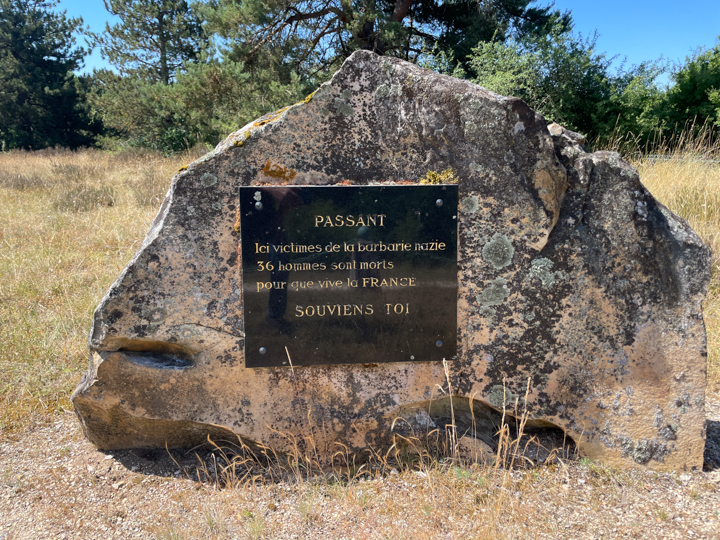
After paying our respects, we continued. It was hot and a fair amount of the walk was on fine sand. Yes, you read that correctly: fine sand. Which tells us that the Fontainebleau Forest was once at the bottom of an ocean. This was, of course, millions of years ago — in this case 35 to 40 millions years ago. Interesting(?) fact: The sand of the Fontainebleau Forest is among the purest in the world and is, to this day, the only sand used by the glass-makers of Venice, on Murano Island as well as the manufacturers of optical equipment around the world.
“Enough trivia,” I hear you say; “Let’s see pictures of the engravings.” Okay, okay, here you go:
The engravings Jamie and Hervé showed us are under this overhanging rock. Almost all the engravings in the Fontainebleau Forest are in sites protected from the elements.
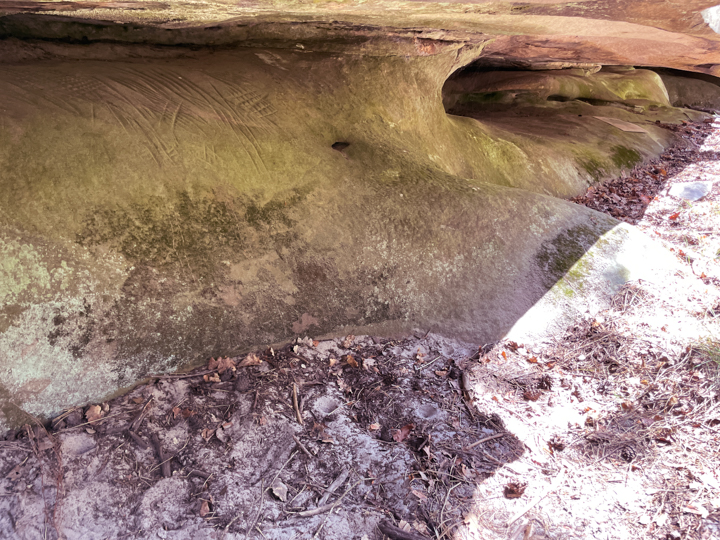
We got down on our hands and knees and here’s what we found:
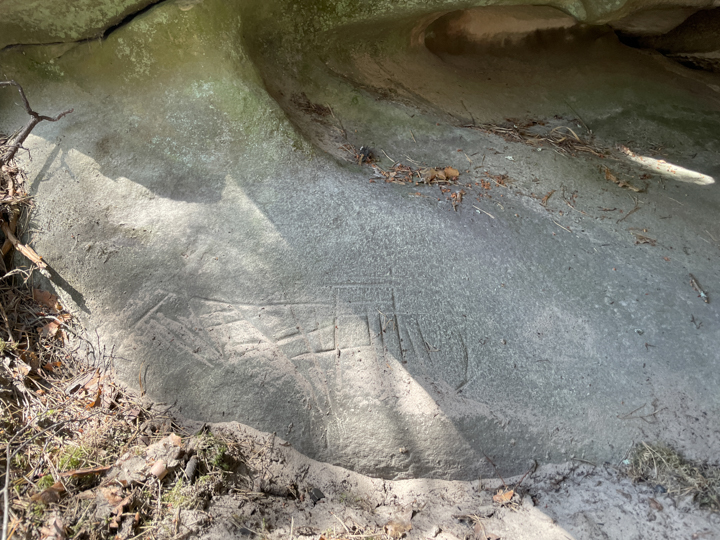


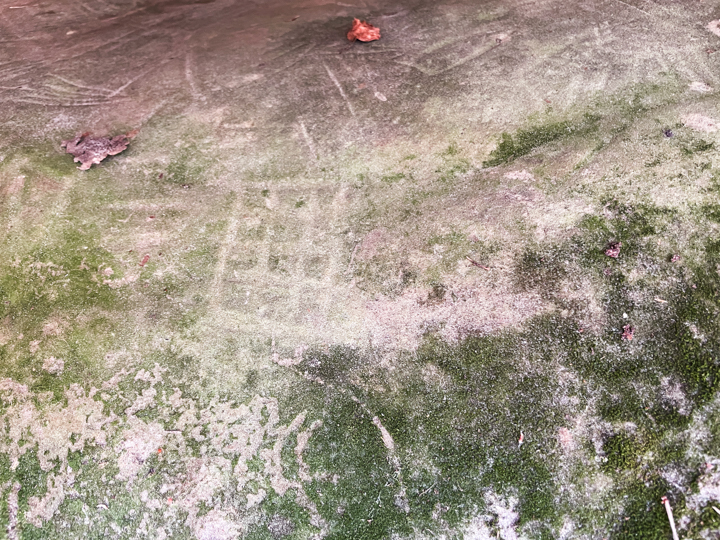
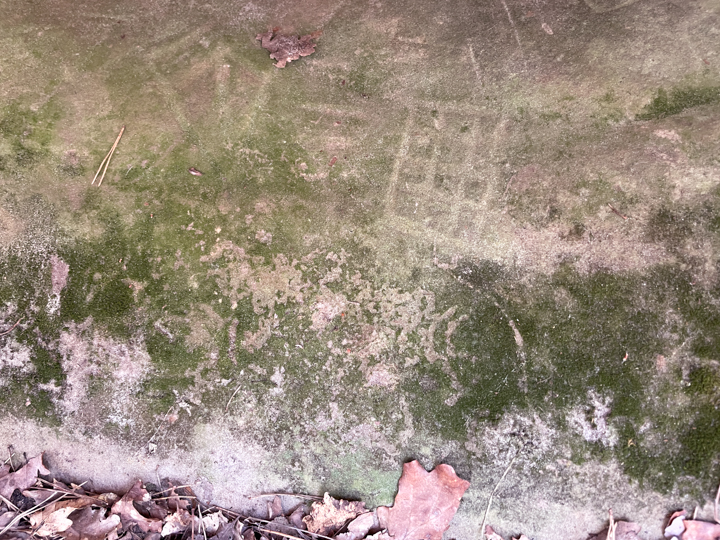
Someone was having some fun.
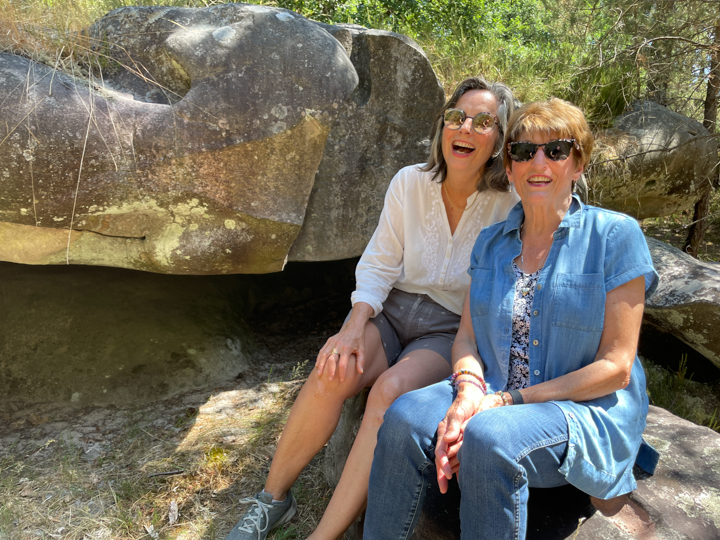
And someone was just trying to stay cool.
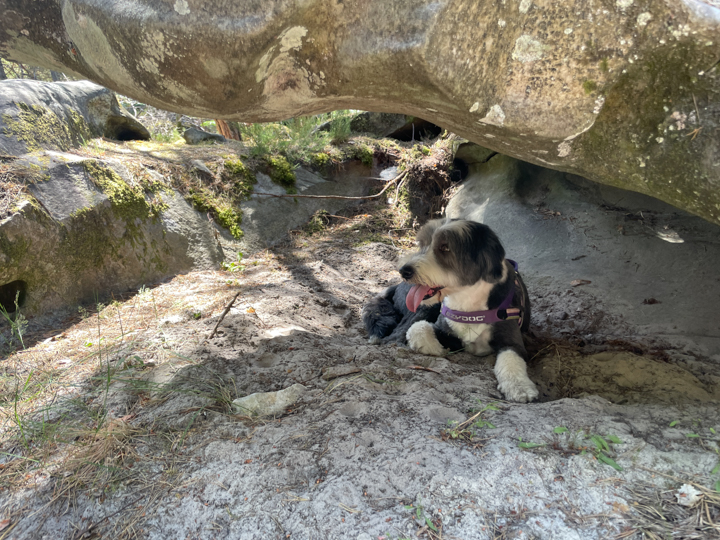
Five- to ten-thousand years ago, a whole bunch of people took on the task of engraving somewhere around 2,000 rocks with lines and a few figures. Why? No one knows and it’s unlikely anyone will unravel that mystery. Like the cave drawings we saw in the replica of the Chauvet Cave, these engravings connect us to people who lived thousands of years ago but who were more like us than different from us. We’re all connected.